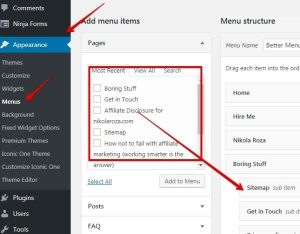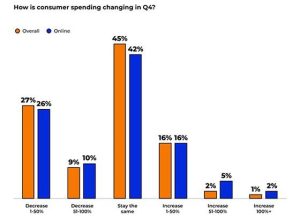In an age when we’re always connected, it’s becoming increasingly challenging to find the right balance between home life and the professional world. In fact, according to the 2014 White House report “Nine Facts about American Families and Work,” 46 percent of respondents said that job demands sometimes or often interfered with family life.
Maybe you’re distracted during a meeting because you’re creating a mental shopping list for your son’s camping trip. Or you sneak away from the dinner table to respond to a client’s email during a date night with your spouse. Whatever the case, struggling to balance your work and your personal life can cause both to suffer.
So what’s the secret to finding equilibrium?
“When balancing multiple priorities, my advice would be to compartmentalize,” said Jessica Lee, Director of Global LifeWorks & Inclusion at Discovery Communications in a recent article from MBA@Syracuse.
In order to get the most out of compartmentalization, it’s important to first understand how it works.
Learn to Compartmentalize
Compartmentalizing involves isolating separate tasks so you can focus on each one exclusively and completely.
The process of keeping work responsibilities and personal tasks separate is challenging, especially because this separation includes thoughts as well as actions. If you’re tucking your children in bed while you’re mentally composing an email to a client, you’re generating unnecessary stress and failing to give your family the attention it deserves.
You can strengthen your compartmentalization skills by establishing a regular period of time that acts as a buffer zone for switching between home and work. Try using your commute to wind down, review what happened at work, make a list of tasks for the next day and — finally — establish that you’re finished thinking about work. If home and family issues are affecting you at the office, use the same technique during your morning commute.
Avoid Multitasking
Even after you’ve established a strong mental separation between home and work, you can easily get derailed by the temptation to multitask.
As prevalent as multitasking is, it isn’t a very effective way of operating. In fact, in an article from Entrepreneur, author Devora Zack notes that switching between tasks lowers productivity by up to 40 percent.
If you’ve spent years learning how to juggle several things at once, it can be difficult to suddenly break that habit and change the way you operate. Because modern technology is one of the main contributing factors to multitasking, start by putting away your laptop, phone, and tablet for set periods of time when you’re away from work.
In the office, zero in on your current task by designating certain times for checking personal email and avoiding the temptation of checking it outside of those windows. You can also use technology to your advantage by downloading apps that block distracting websites like Facebook and Twitter.
Know the Limits
As valuable as this approach is, you should accept that there will be times when you’ll need to multitask or when you can’t ward off distractions. This is often the case when there has been a major development — positive or negative — in one area of your life.
But even if you only compartmentalize 25 percent of the time, you’re still likely to notice an improvement in your work-life balance.
As Lee points out, “ ‘One thing at a time’ is an old but very useful adage.”
(84)







